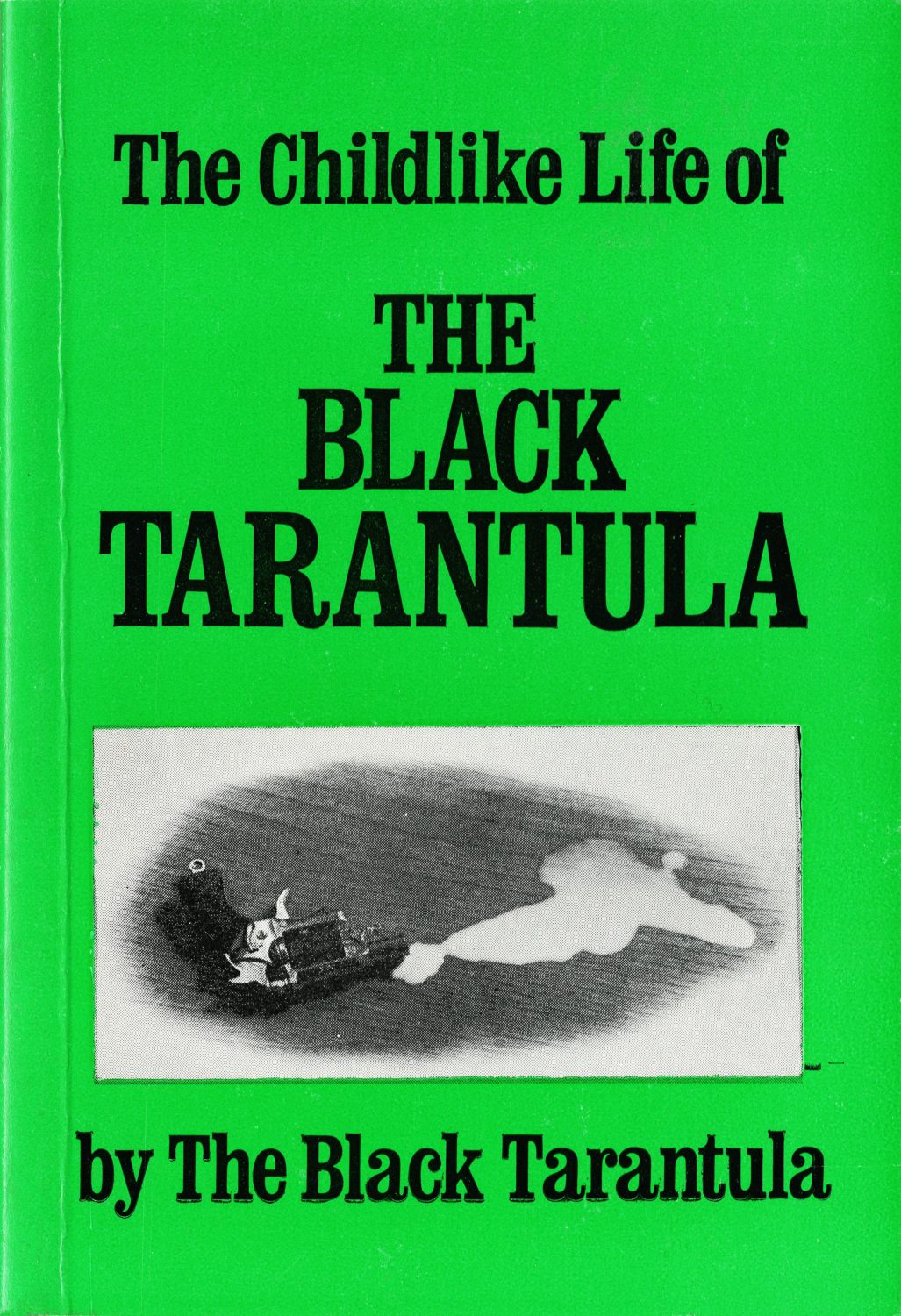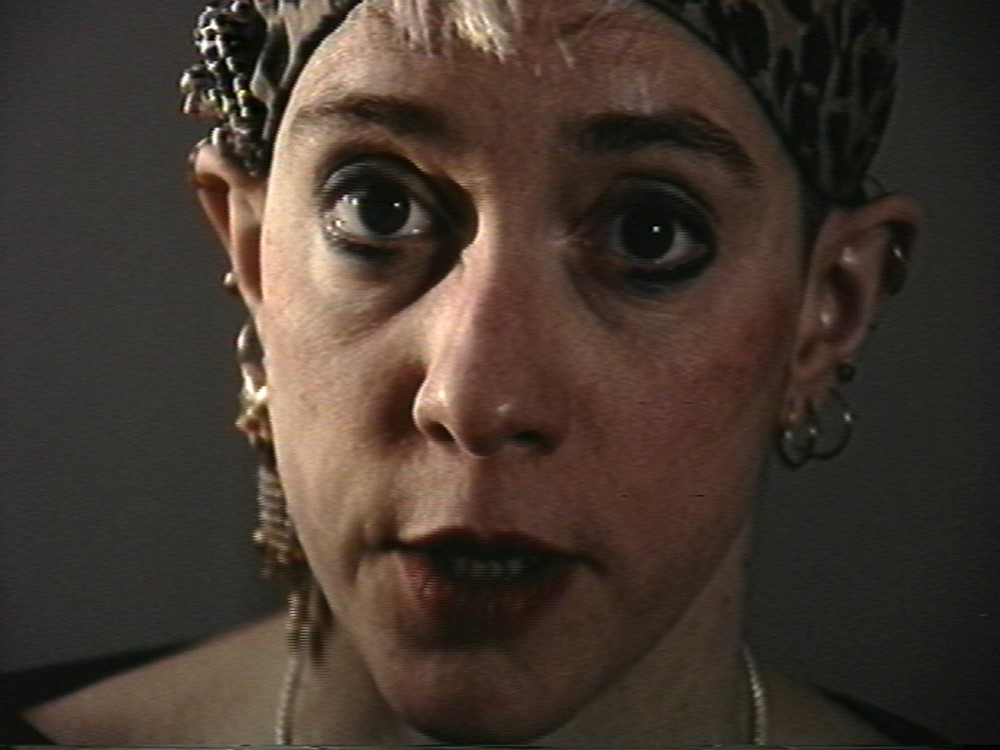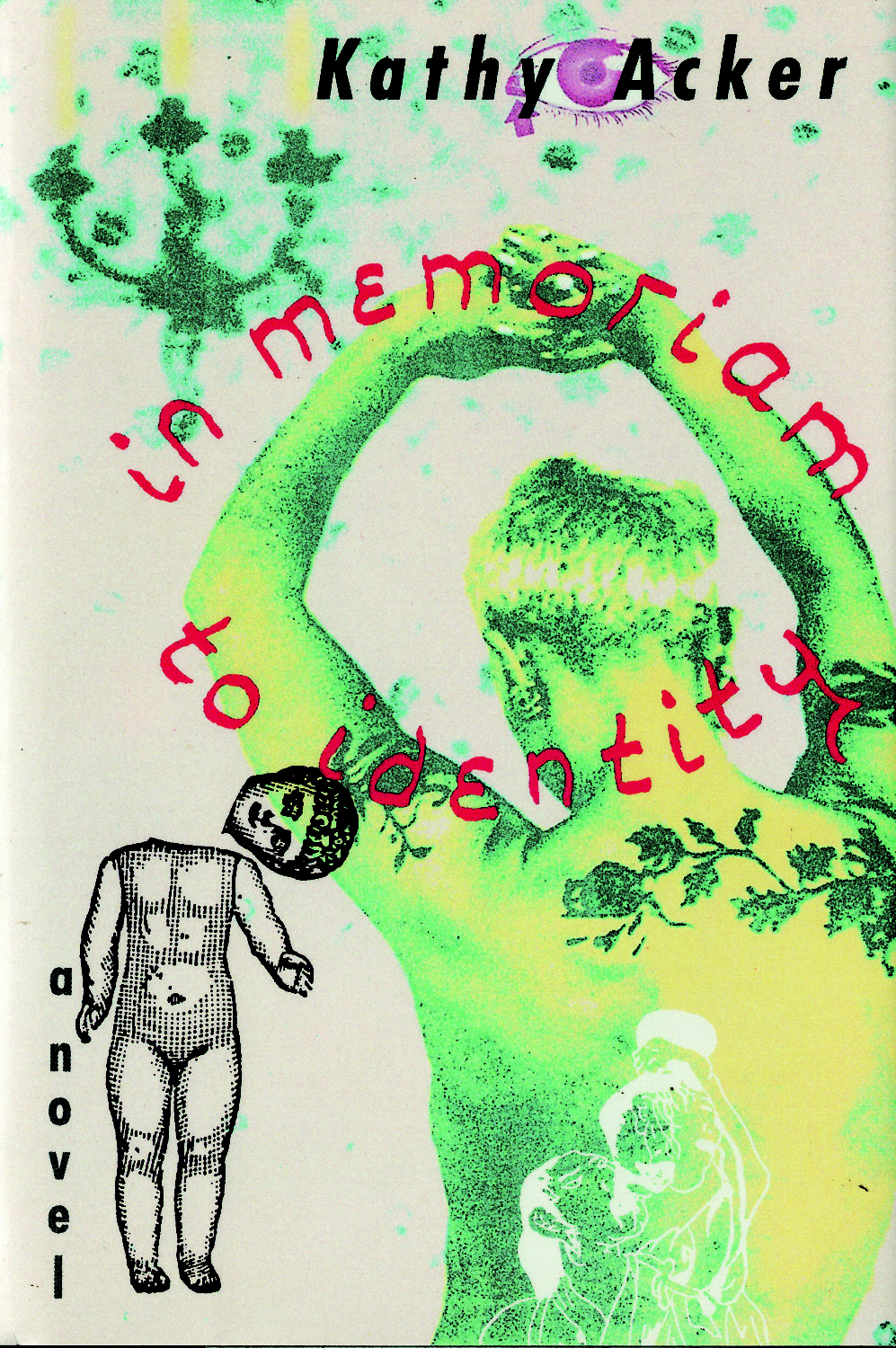What Can We Learn From Kathy Acker?
By Something CuratedLondon’s Institute of Contemporary Arts presents the first UK exhibition dedicated to the American writer Kathy Acker (1947–1997), and her written, spoken and performed work. Acker is an exceptional figure in late-20th-century Western literature who moved between the avant-garde art and literary scenes of New York, San Diego, San Francisco, Paris and London. Through her prolific writing, Acker developed experimental textual methodologies as she distorted language, hybridised fiction and autobiography, ‘plagiarised’ the work of other authors, and introduced maps, drawings and diagrams. For a period during the 1980s when Acker lived in London, she was a regular presence in the ICA programme: holding conversations with other writers, giving readings, performing with musicians and writing a script for the play Lulu Unchained, presented at the institute in 1985. A filmed extract of this performance, shot and edited by Stephen Littman, is featured in the exhibition, marking its first public screening.

I, I, I, I, I, I, I, Kathy Acker addresses ‘Kathy Acker’ as a still-unfolding cultural force, focusing on the uniquely diverse and disruptive character of the author’s work and persona. This polyvocal and expansive project combines an exhibition with a programme of performances, screenings and talks. The show presents key aspects of Acker’s work, while also highlighting her influence on artists and writers working today – particularly those occupying an area of contemporary practice that traverses performance and the written and spoken word – who share deep connections to Acker’s methodologies and her politics of literature.
Structured around text fragments from eight of Acker’s key novels, the exhibition spans the ICA’s Lower and Upper Galleries and is presented within a labyrinthine built framework inspired by Acker’s drawings and maps. The texts serve as catalysts for a web of interconnected materials presented around them, including works by other artists and writers, video and audio documentation of Acker’s performative appearances in various cultural and media contexts – from small arts venues to mainstream television – and documents and books from her personal archive. Contributions by artists and writers including Ellen Cantor, Julien Ceccaldi, Jamie Crewe, Penny Goring, Sidsel Meineche Hansen, Johanna Hedva, Caspar Heinemann, Every Ocean Hughes, Bhanu Kapil, Ghislaine Leung, Candice Lin, Reba Maybury, Precious Okoyomon, Patrick Staff, and Linda Stupart demonstrate the intersections and resistances between Acker’s work and that of contemporary practitioners.

The exhibition also includes a graphic timeline which plots the entirety of Acker’s published work and integrates a library of first edition books and printed materials. This chronological overview demonstrates the layered ways in which Acker approached the circulation of her work; at times self-publishing and self-distributing, as well as re-versioning texts as they appeared in different magazines and journals and as fragments within her novels. These accumulated materials provide insights into the intertextual nature of Acker’s work and her central concerns with identity, sexual desire, mythology, piracy and the language of the body. A programme of performances, screenings and talks intertwined with the exhibition spans artistic and theoretical positions that either address Acker’s work directly or build around the discourse and methodologies she employed. This integrated programme features newly commissioned works, including a play written by Linda Stupart and Carl Gent and a performance based on Acker’s 1982 script Desire, facilitated by Kate Valk of The Wooster Group.
Acker’s work traversed the intersections between conceptual art and poetry of the 1960s and 70s, the postmodernist linguistic deconstructions of the 1980s and the nascent posthuman aesthetics of the 1990s. A fierce antagonism towards social conventions, gendered power and imperialist capitalism is central to Acker’s texts, which have been labelled transgressive and at various points censored and barred from distribution. Acker aligned herself with a conceptual tradition, yet her writing also sought to break down conventional distances between reader and text. Her depictions of the darkly complex relation between sexual desire and violence – as both a cultural subtext and present condition in Acker’s life – are as shocking and pertinent today as they were when first published. Reading Acker today also prompts challenging questions around Acker’s reproduction of racist and homophobic tropes and themes within Western culture, as both historically specific and persistent machines of violence.

For Acker, the use of the first-person singular was, in fact, plural, as she utilised the ‘I’ in her writing to inhabit different identities from her own life, fiction and history, acknowledging her complicated relationships with family, friends and lovers. From her first novels, which were episodically distributed by mail and written under the pseudonym ‘The Black Tarantula’, the performance of identity remained integral to Acker’s work. This performative relationship to the self was central to her creative strategies as she expanded her writing practice to include readings, performances, plays, screenplays, and collaborations with artists and musicians; fashioned a distinctive public image, captured by photographers including Robert Mapplethorpe, Jimmy DeSana, and Jill Posener; and engaged ‘the language of the body’ through tattoos, piercings and body-building.
For Acker, language was a site of contestation from which she constructed meaning and identity and unpicked the patriarchal and the political. In her work, Acker provocatively confronted the strained relationship between desire and reality within culture, sex, the body, war, money, mythology, colonialism, sickness, and the city in ways that remain critically relevant to our current times. Acker’s work is a lens through which to interrogate the legacies and failings of late-20th-century Western avant-gardism. I, I, I, I, I, I, I, Kathy Acker seeks to illuminate the complexities within Acker’s written, spoken and performed work, as she moved between exposing and inhabiting the dynamics of power.
I, I, I, I, I, I, I, Kathy Acker at ICA | 1 May – 4 August 2019 (Opening: Tuesday 30 April, 6–8pm)
Feature image: Kathy Acker in conversation with Angela McRobbie at the ICA, 1987